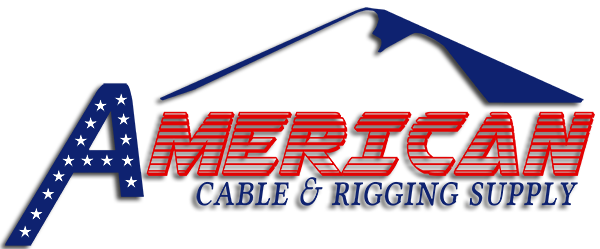
Wire Rope Inspection Checklist
In the rigging businesses, there are ample protocols and procedures for cable rigging hardware that are designed to ensure safety. One protocol that is crucial to follow is the inspection of wire ropes. Below, we have provided information on who should inspect the wire ropes, how to inspect them, and when to stop using them. Continue reading for our wire rope inspection checklist.
Who Should Do the Inspection?
To ensure the wire ropes are safe, you shouldn’t let just anybody conduct the inspections. Riggers train professionally and have to keep up to date with their knowledge and expertise. Therefore, those professionals and experts are the only ones who should conduct the wire rope inspection. Keep in mind that an individual who uses the wire rope frequently should not be the one to also inspect the wire rope. Getting a new set of eyes on the wire rope will ensure nothing is overlooked.
When Inspections Should Take Place
Not only should you inspect the wire ropes every day at the start of each shift, but you should also inspect them before every use. It is crucial that you note and document this inspection and keep track of the records pertaining to the condition of the wire rope. Communication is crucial in this regard.
How To Do the Wire Rope Inspection
Below are three steps that explain how to conduct a wire rope inspection:
- Rag-and-Visual: This allows you to look for external damage to the wire rope. All you must do is grab the rope lightly and move a cotton cloth or rag slowly down the wire. If the rag snags on any part of the wire, inspect that area to see how extreme the broken wire is.
- Visually Assess: Just taking the time to look over the entire wire rope will help you catch breaks and other problems that you might not have noticed with the rag. These might be abrasions, corrosions, and lubrication inside the rope.
- Measure Rope Diameter: Once you measure the rope’s current diameter, compare it to the rope’s original diameter. If the measures are not the same, there is likely a problem. The issue is most likely an internal or external rope issue.
Make sure to complete each of these steps thoroughly to ensure the safety and security of the individuals using the ropes. Not completing a step or overlooking an area in a wire rope inspection checklist can be extremely dangerous and harmful.
Details Regarding Retirement of Rope
If you complete an inspection of a wire rope and find that a rope does not meet expectations, you should not use that rope until it has been repaired or replaced. Whether you can tell that the rope has heat damage, has been stretched and overused, or has been kinked or crushed, you should stop using it immediately. If you are unsure whether an issue is large enough to stop using the item, ask someone. Don’t just assume it is safe!
Safety and security should be your top priorities. Hopefully, this wire rope inspection checklist can lead you to safety.
